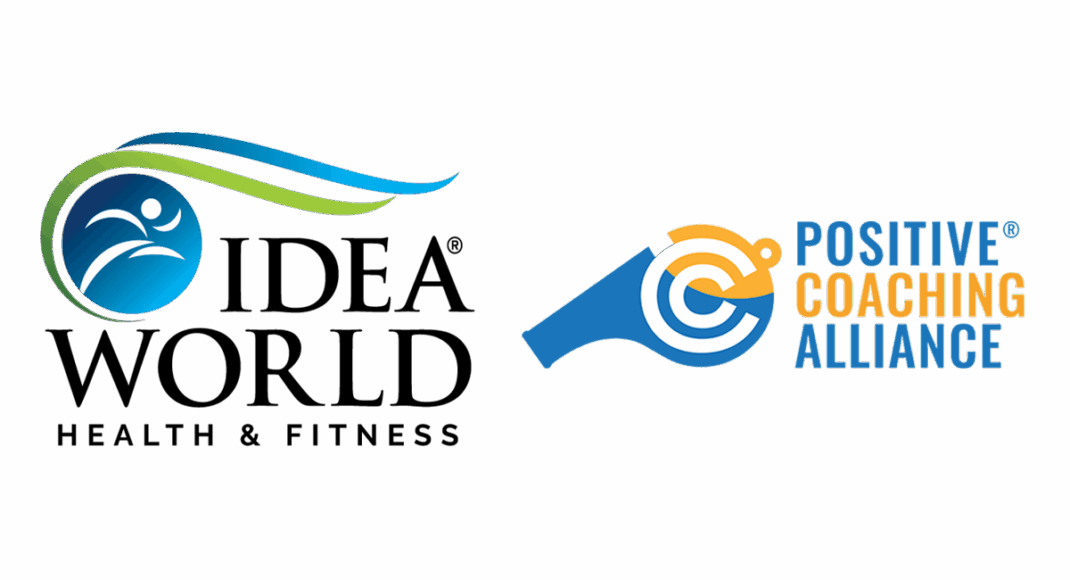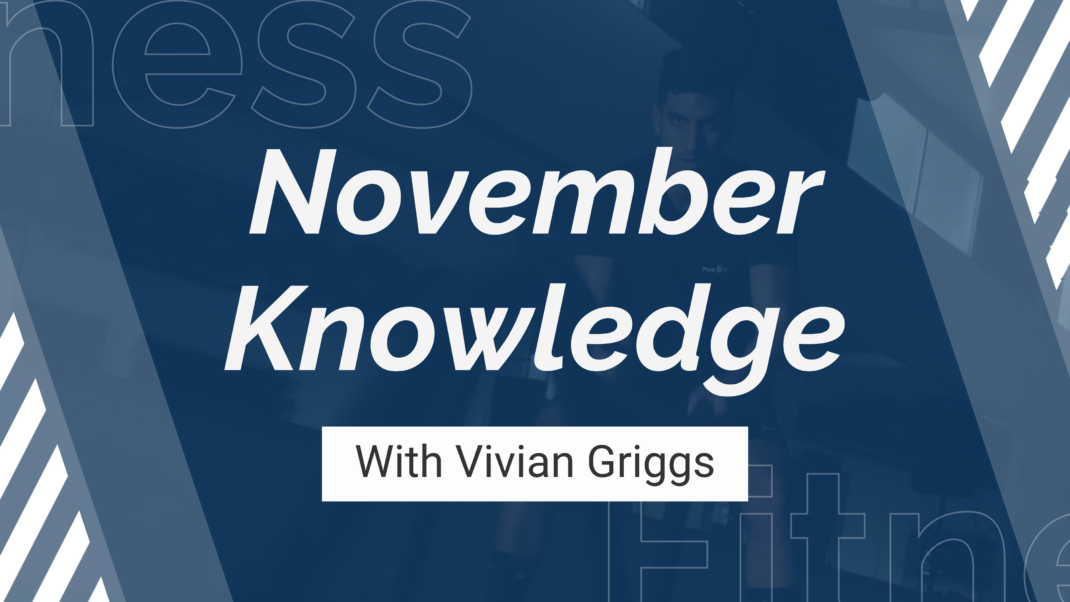Do Your Homework!
Help clients get the most out of their work with you by providing them with handouts.
In his book Pilates’ Return to Life Through Contrology, Joseph Pilates wrote: “Physical fitness is the first requisite of happiness and can neither be acquired by wishful thinking nor by outright purchase (Pilates & Miller 1998).” First published in 1945, this book is more relevant than ever today, as clients seem to have less time to work out, and a lot more excuses as to why.
The American College of Sports Medicine recommends that adults get at least 150 minutes of moderate-intensity exercise per week, which can be met by 30–60 minutes of activity 5 days per week. Resistance and flexibility-specific exercises are part of the program and should be performed on 2 or 3 days per week to maintain endurance and range of motion (ACSM 2013).
I’d like to think my clients are exercising daily, but I know they aren’t. In fact, they’ve told me that their weekly Pilates lesson is the only exercise they get—and I’ve tactfully told them this is not enough. Many reply that Pilates is the only exercise they like and they don’t know which exercises to do; they need alignment reminders from me; and they wouldn’t practice if someone didn’t “make them,” or didn’t hold them accountable (which is how I prefer to view it).
At one of the first Pilates Method Alliance® conferences, Mary Pilates, Joseph Pilates’s niece, spoke to the general assembly. An attendee asked Mary, who was over 80 years old at the time, how many times per week she did Pilates. “Why, every day—don’t you?” she replied. She then got down on the floor in her white pants suit and jacket and demonstrated a roll-up, a roll-over, a teaser and a leg circle combination. She brought the house down—and put us all to shame.
Her opinion: You don’t need to get sweaty and exhausted every day. Simply pick exercises from Return to Life that address your needs. According to Mary, if a student couldn’t attend sessions three to four times per week, Joseph Pilates gave them four or five exercises—homework—to do between visits. Pilates taught his clients to exercise on their own. The posters in his studio (which included photographs of himself doing the workout) broke down each move. His book also helped clients figure out which exercises to do and how to do them.
How can you use this approach with your clients and get them invested in a new, healthy habit while keeping them coming back for more?
Client Handouts
Homework can come in many forms, but the one that has worked the best for me is a handout format. You can write handouts once, save them to your computer, and either print or email them (or both) to clients. This gives people something to refer to on their days away from the studio environment.
Your handouts can be general or specific. For example, almost everyone can benefit from a handout that clearly explains the setup and execution of each exercise in the abdominal series of five. Include specific alignment points, and explain common errors and how to correct them. A handout on the supine leg stretch will also be helpful for almost everyone. Break down specific stretches for hamstrings, adductors, abductors and quadriceps. Address breathing technique and how long to hold each stretch. Review the exercises in your lessons, and ensure that clients can perform them correctly without verbal cuing from you.
Handouts for specific needs (e.g., pelvic or shoulder stabilization, or stretches for golfers) enable you to design unique and interesting workouts that help clients “buy into” a daily program that will help them reach their goals. Create a handout library that you can quickly tailor to individual clients.
Of course, you also want to stress the importance of a solid foundation. Teach introductory mat exercises during sessions and provide a handout for these moves, along with the other, more individualized workouts. Again, be sure clients can perform movements safely and correctly before practicing them at home. When you communicate the comprehensive benefits of introductory exercises and ask clients to practice them daily, mastery will rapidly improve and clients will feel better, no matter what their goals are.
Additional Ideas for Homework
The following ideas will help you fully engage your clients when they aren’t in your studio:
Design a daily exercise log. At the end of every lesson, have clients write exercises on a log sheet. These are moves you would like them to do every day. During their next lesson, hold them accountable for practicing the logged exercises. Check their progress (and honesty) by asking them to perform last session’s exercises without cues from you.
Send daily reminders. Send a daily reminder text to clients who are “text friendly,” prompting them to do their customized routine. Also consider texting them a “bonus” exercise to do that day.
Incentivize them. Come up with a fun way for clients to prove that they did the daily bonus exercise. For example, ask them to text a photo of them doing a teaser. Reward them by placing a star on a studio-based chart for doing the bonus exercise 5 days in a row. If they get 5 stars, they win a T-shirt, gift card or other fun item.
Homework doesn’t have to be a chore; it can be fun, it can build retention and compliance, and in the long run, clients can feel healthier and happier because of it. Practice makes perfect, and when practiced diligently, “Contrology exercises build a sturdy body and sound mind fitted to perform every daily task with ease and perfection” (Pilates & Miller 1998). These words only get truer and stronger with time.
References
ACSM (American College of Sports Medicine). 2013. ACSM issues new recommendations on quantity and quality of exercise. www.acsm.org/about-acsm/media-room/news-releases/2011/08/01/acsm-issues-new-recommendations-on-quantity-and-quality-of-exercise; accessed Nov. 27, 2013.
Pilates, J., & Miller, W.J. 1998. Pilates’ Return to Life Through Contrology. Incline Village, NV: Presentation Dynamics.
Connie Borho
Connie Borho has over 20 years experience in the fitness industry. She is the owner of Balance Pilates and Yoga Centers in Florida, a Sunshine Fitness Resources affiliate, and is a Peak Pilates® national teacher trainer. Certifications: ACE and AFAA Education provider for: ACE and AFAA






